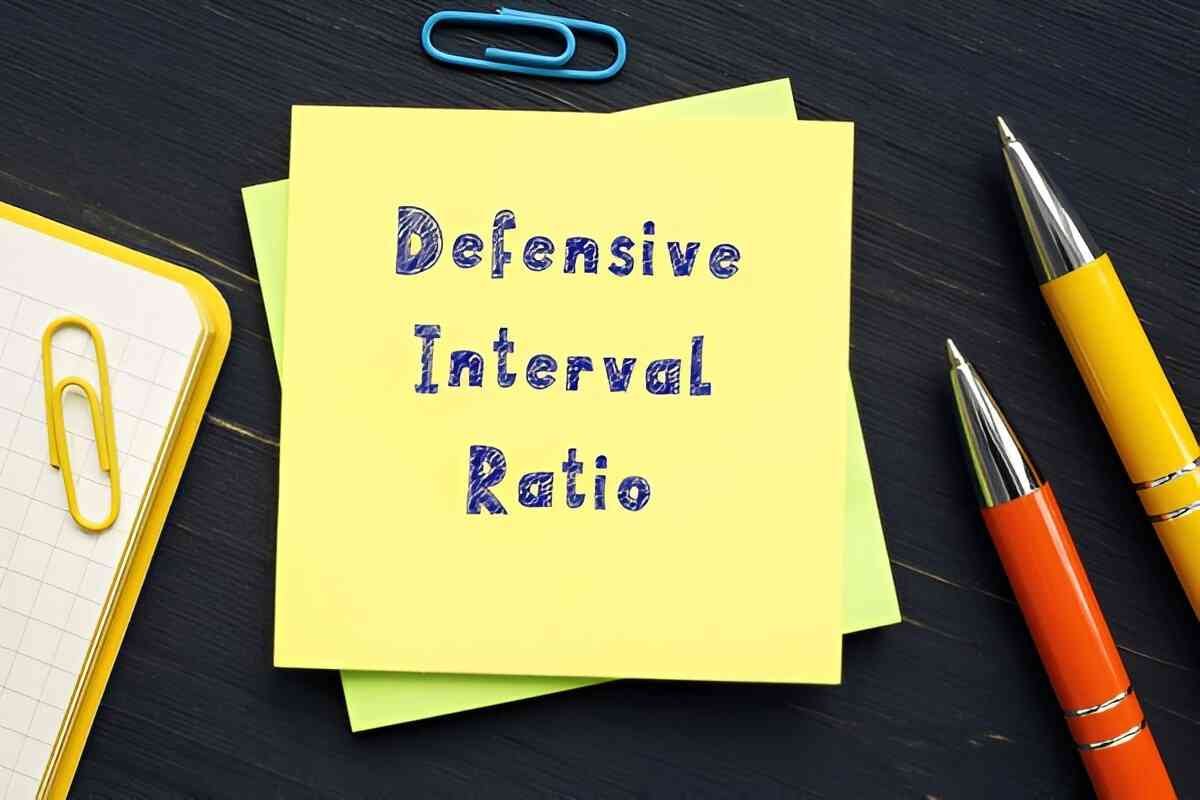As someone who has spent years analyzing financial statements, I find liquidity ratios to be among the most practical tools for assessing a company’s short-term health. While metrics like the current ratio and quick ratio get most of the attention, the Defensive Interval Ratio (DIR) offers a unique perspective—one that focuses on how long a business can survive without relying on additional revenue or financing. In this article, I’ll break down what DIR is, how to calculate it, and why it matters in real-world financial analysis.
Table of Contents
What Is the Defensive Interval Ratio?
The Defensive Interval Ratio measures the number of days a company can operate using only its liquid assets, without needing to generate additional cash flow. Unlike other liquidity ratios that compare assets to liabilities, DIR answers a straightforward question: “If revenue stopped today, how long could this business keep the lights on?”
This ratio is particularly useful for businesses with irregular cash flows, startups burning through reserves, or firms in volatile industries. It’s a stress test—one that reveals how resilient a company truly is.
How to Calculate the Defensive Interval Ratio
The formula for DIR is:
\text{Defensive Interval Ratio (DIR)} = \frac{\text{Quick Assets}}{\text{Daily Operational Expenses}}Where:
- Quick Assets = Cash + Marketable Securities + Accounts Receivable
- Daily Operational Expenses = (Annual Operating Expenses – Non-Cash Expenses) / 365
Breaking Down the Components
- Quick Assets: These are assets that can be converted to cash quickly, typically within 90 days. Inventory is excluded because it may not be liquidated fast enough in a crisis.
- Daily Operational Expenses: This includes rent, salaries, utilities, and other recurring costs—basically, the cash needed to keep operations running.
Example Calculation
Let’s say Company XYZ has:
- Cash: $200,000
- Marketable Securities: $50,000
- Accounts Receivable: $150,000
- Annual Operating Expenses: $1,000,000
- Non-Cash Expenses (e.g., depreciation): $100,000
First, we calculate Quick Assets:
\text{Quick Assets} = \$200,000 + \$50,000 + \$150,000 = \$400,000Next, we determine Daily Operational Expenses:
\text{Daily Operational Expenses} = \frac{\$1,000,000 - \$100,000}{365} \approx \$2,465.75Finally, we compute DIR:
\text{DIR} = \frac{\$400,000}{\$2,465.75} \approx 162.22 \text{ days}This means Company XYZ could sustain operations for about 162 days without any additional revenue.
Why the Defensive Interval Ratio Matters
1. Better Than Traditional Liquidity Ratios
The current ratio and quick ratio only provide a snapshot of liquidity at a given time. DIR, however, projects survivability over time—a far more actionable insight.
2. Useful for Startups and High-Growth Firms
Many startups operate at a loss initially, relying on investor funding. DIR helps assess how long their runway is before needing another capital infusion.
3. Identifies Vulnerability to Economic Shocks
A low DIR suggests a company is living paycheck-to-paycheck. If another pandemic or recession hits, such firms are at higher risk.
4. Helps in Credit and Investment Decisions
Lenders and investors use DIR to gauge financial stability. A company with a DIR of 200+ days is a safer bet than one with 30 days.
Comparing DIR to Other Liquidity Ratios
| Ratio | Formula | Focus | Limitations |
|---|---|---|---|
| Current Ratio | \frac{\text{Current Assets}}{\text{Current Liabilities}} | Short-term solvency | Includes inventory, which may not be liquid |
| Quick Ratio | \scriptstyle \frac{\text{Current Assets - Inventory}}{\text{Current Liabilities}} | Immediate liquidity | Ignores operational burn rate |
| Defensive Interval Ratio | \scriptstyle \frac{\text{Quick Assets}}{\text{Daily Operational Expenses}} | Survival period without revenue | Doesn’t account for unexpected costs |
Real-World Application: Case Study
Consider two retail companies:
- Company A: DIR = 90 days
- Company B: DIR = 30 days
If a supply chain disruption halts sales for 45 days:
- Company A survives the disruption.
- Company B faces bankruptcy or emergency fundraising.
This illustrates why DIR is crucial for risk assessment.
Limitations of the Defensive Interval Ratio
While powerful, DIR isn’t perfect:
- Assumes expenses remain constant (unlikely in a crisis).
- Ignores new financing options (e.g., emergency loans).
- Depends on accurate expense tracking.
How to Improve Your Defensive Interval Ratio
If your DIR is too low, consider:
- Reducing unnecessary operating costs.
- Building cash reserves instead of over-investing in growth.
- Negotiating better payment terms with suppliers to delay cash outflows.
Final Thoughts
The Defensive Interval Ratio is a financial lifeline metric—one that tells you how long you can tread water before drowning. Whether you’re a CFO, investor, or small business owner, understanding DIR helps you prepare for the worst while striving for the best.





